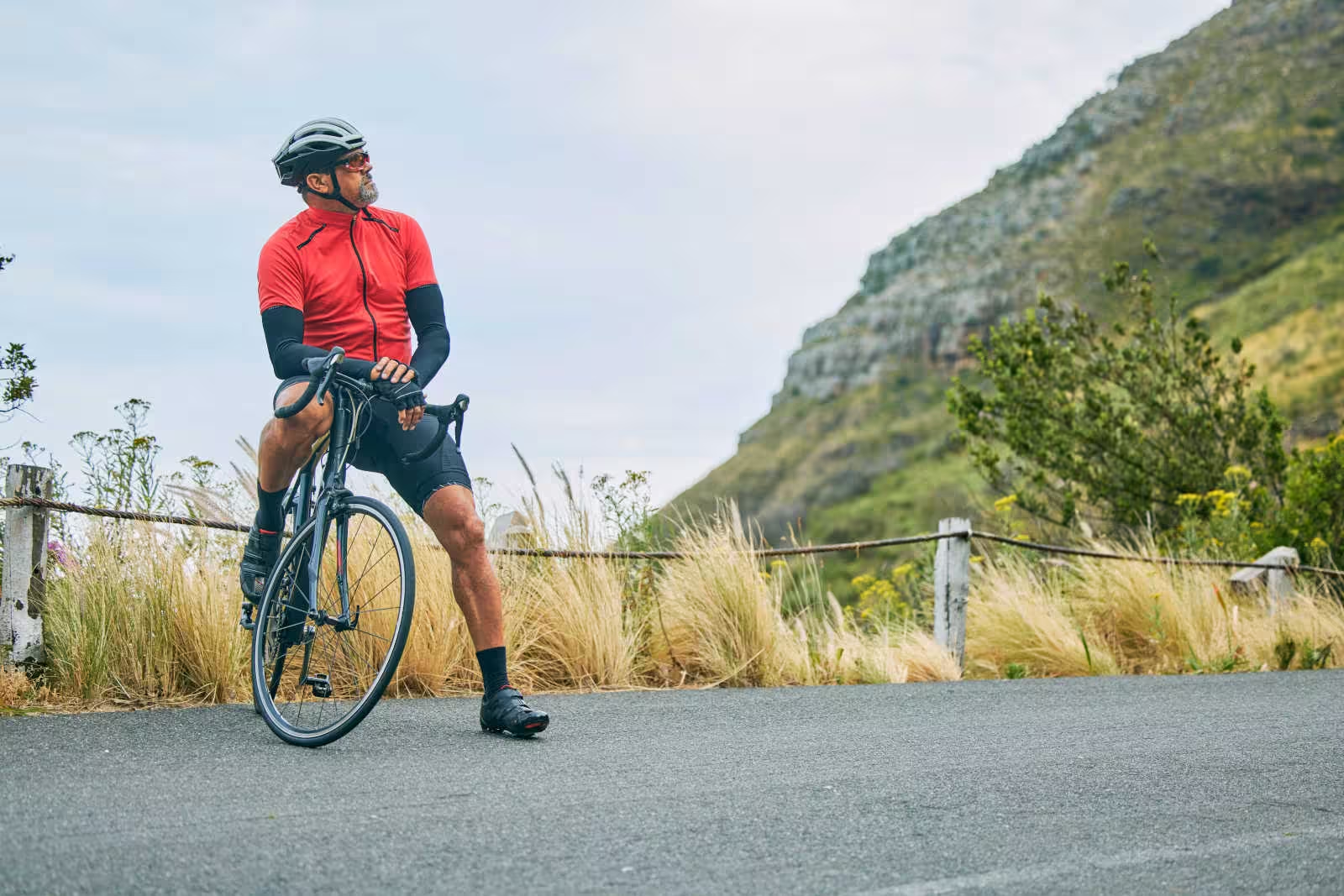The leaves are falling, and temperatures are dropping. For those not involved in cyclocross, the road, MTB, or gravel season is likely over. After a long year of training and racing, what comes next? Peter Glassford of Consummate Athlete emphasizes the importance of taking a break before resuming training.
“After a priority race or competitive season, rest is essential. Most training systems recommend an ‘off period’ or ‘transition phase’ after the competitive season. This could be a few days for healthy athletes who consistently take rest or 6 weeks plus, for those who have pushed their limits,” he says. “I often get questions from novice athletes who think ‘off-season’ means doing nothing for months, while advanced athletes worry about losing fitness.” There are three categories for riders when it comes to planning their breaks.
Most athletes
For many athletes Glassford coaches, a week mostly off the bike is common. During this time, they may begin strength training and enjoy casual rides. Blood work, doctor appointments, and bike maintenance typically fill the week. It’s crucial for athletes to assess their motivation and energy levels. With six months until the next race, there’s no rush to maintain peak fitness. A review of the past season helps in planning for the next, identifying when peak fitness is necessary versus focusing on general preparation.
Elites and elite masters
Some athletes push their limits, riding extreme distances and intensities. These athletes often train year-round, participating in Zwift, spring classics, and ultra gravel events. For them, a structured rest period is essential, similar to professional athletes, but encouraging them to take a break can be challenging.
The injured athlete
Athletes dealing with injuries should take 2-6 weeks off the bike for rest, physio, and recovery. Ignoring these signs can lead to more significant issues, Glassford advises. Reflecting on the past season is vital for planning the next. Fall is a great time to focus on skills, fueling strategies, and longer rides in preparation for future races. Proper periodization helps athletes arrive ready for their goals while ensuring adequate rest.
How long should the break be?
“If someone isn’t maxed out, injured, or burnt out, it might look like a ‘rest week’ with reduced riding and intensity. After maximal races, a week off the bike is advisable, especially as future races are still far off,” Glassford…
Click Here to Read the Full Original Article at Canadian Cycling Magazine…

